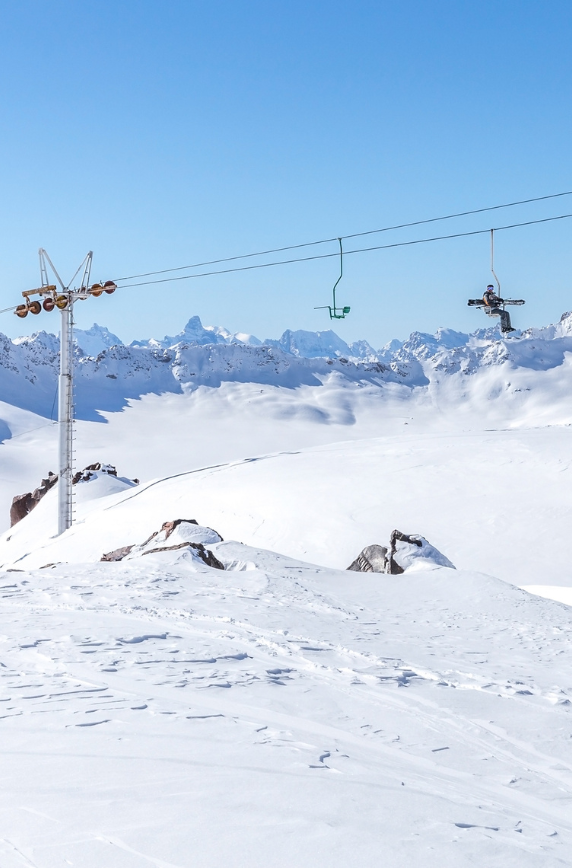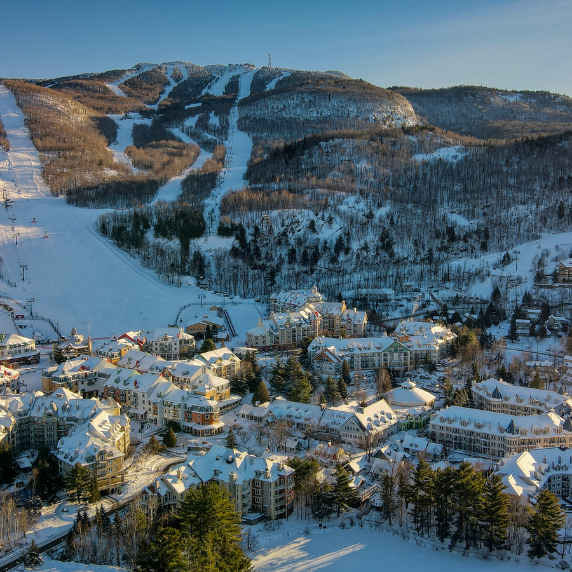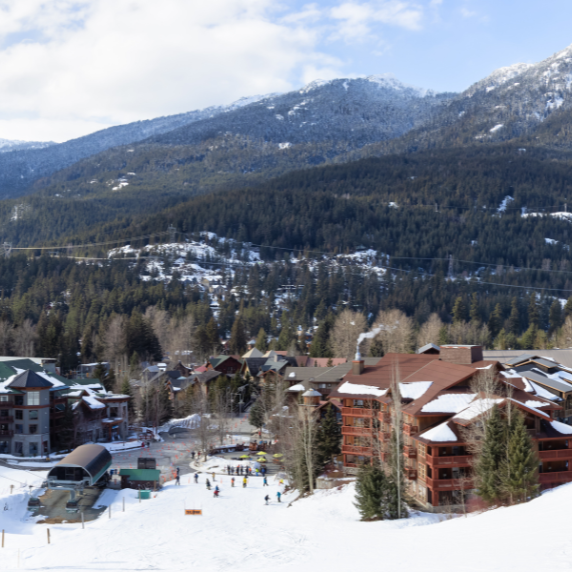Tamarack Resort
Tamarack Resort, offers over 1,100 acres of skiable terrain with a vertical drop of 2,760 feet, complemented by seven chairlifts and three terrain parks, catering to all skill levels.
Brundage Mountain
Brundage Mountain, located near McCall, Idaho, offers 1,920 acres of skiable terrain with a vertical drop of 1,921 feet, serviced by six chairlifts.
Sun Valley
Sun Valley in Idaho offers skiers 2,054 acres of terrain with a vertical drop of 3,400 feet, serviced by 18 lifts, and receives an average annual snowfall of 220 inches.
Bogus Basin
Bogus Basin Mountain Recreation Area, located just 16.5 miles north of Boise, Idaho, offers 2,600 acres of skiable terrain with a vertical drop of 1,800 feet, served by 10 lifts.




